Quantitative Trading Systems: Practical Methods for Design, Testing, and Validation
Rated 4.46 out of 5 based on 13 customer ratings
(13 customer reviews)
$14.48
| Author(s) | |
|---|---|
| Pages |
364 |
| Format |
|
| Publication Year |
2007 |
Category: Investing & Wealth Strategies
Description
Quantitative Trading Systems focuses on three topics: Quantitative analysis techniques as applied to stocks, mutual funds, exchange traded funds, futures contracts, and currencies, An introduction to the AmiBroker program, Design, testing, validation, and implementation of trading systems.
Introduction:
EMPHASIS is given to:
- Techniques that have mathematical grounding – for example, equations rather than chart patterns.
- Techniques that are mechanical and testable rather than discretionary.
- Selection of issues to be traded, optimal holding periods, and expected drawdowns.
- Analysis of entry methods, exit methods, stop placement, money management, and position sizing.
- Analysis of intermarket variables.
- Methods for broad market timing.
- Methods for validation of trading systems, including whether a trading system is sufficiently reliable to trade.
WHAT YOU WILL FIND IN THIS BOOK:
- An introduction to many aspects of technical analysis and quantitative analysis. Emphasis is on removing the mystery from things that work that you should know about, and debunking things that do not work so you do not need to spend time finding them out for yourself.
- A thorough explanation of methods used to measure the goodness of a trading system, and useful metrics to incorporate into the objective function.
- Identification of the key aspects of trading system development, and techniques to incorporate them into your own trading systems.
- Detailed explanation of data splitting into in-sample and out-ofsample periods, and the proper use of each.
- Enough mathematical rigor to (hopefully) be convincing without being overwhelming.
Contents:
- Quantitative Analysis
- Trading System Overview
- Measuring Success
- Issue Selection
- Entries and Exits
- Functions and Indicators
- Trending Systems
- Mean Reversion Systems
- Seasonality Systems
- Pattern Systems
- Anticipating Signals
- Sector Analysis
- Rotation
- Portfolios
- Filters and Timing
- In-Sample Out-of-Sample
- Statistical Tests
Quantitative Trading Systems: Practical Methods for Design, Testing, and Validation By Howard B. Bandy pdf
4.5
Rated 4.5 out of 5
13 reviews
Rated 5 out of 5
9
Rated 4 out of 5
1
Rated 3 out of 5
3
Rated 2 out of 5
0
Rated 1 out of 5
0
13 reviews for Quantitative Trading Systems: Practical Methods for Design, Testing, and Validation
Clear filtersOnly logged in customers who have purchased this product may leave a review.

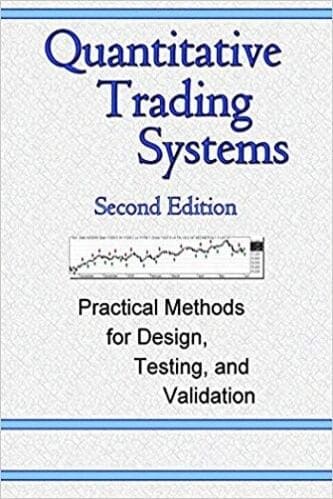
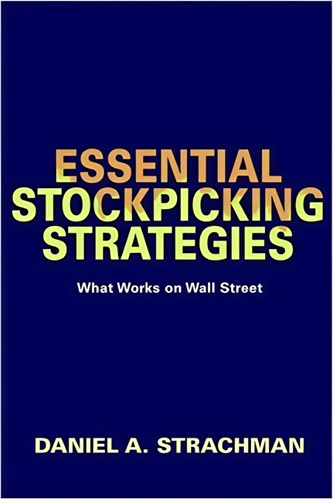
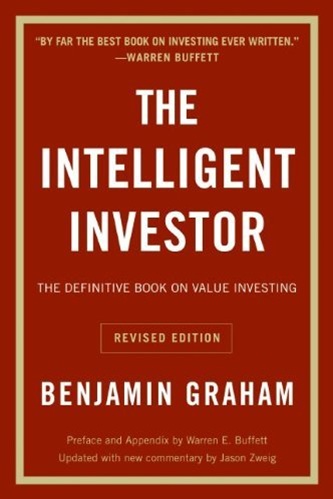
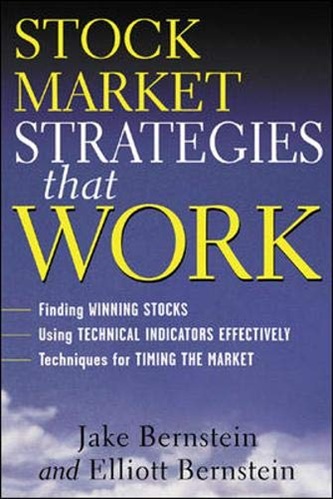
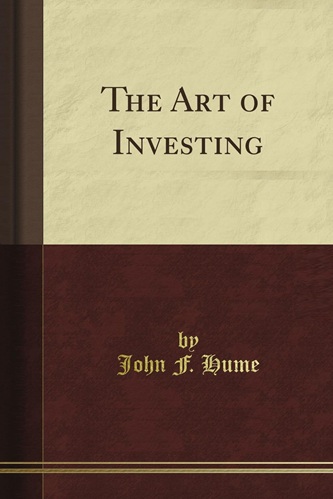
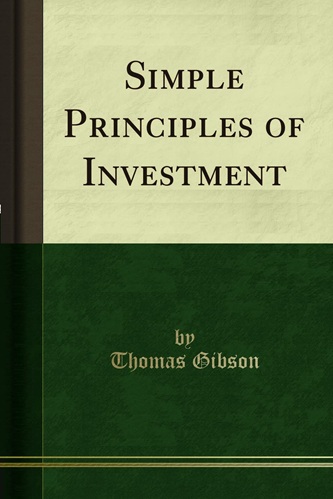
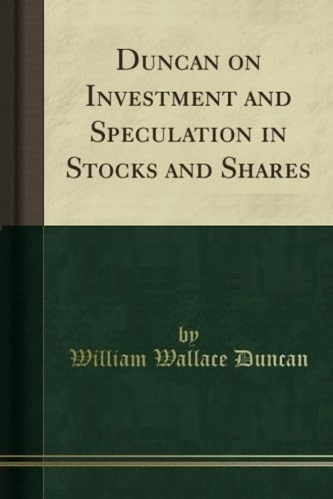
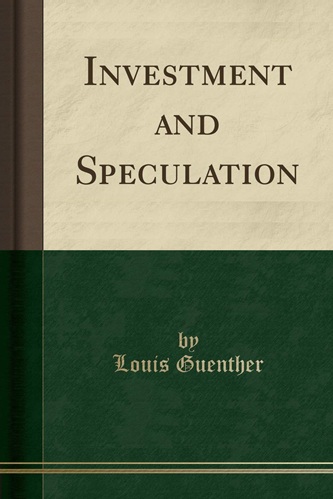
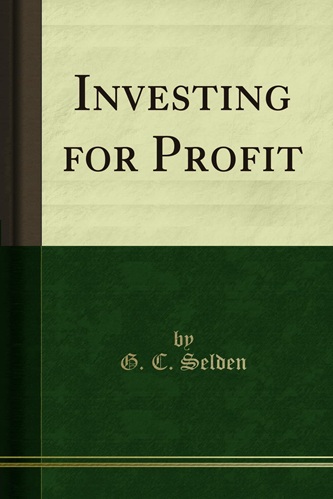
Macy Willis (verified owner) –
This book does not tell you how to write a plan but gives helpful structured information in assisting with creating your own system
Raphael Williamson (verified owner) –
Top book. I’ve read a lot in this area and this is solid. Seems basic at first with some overlap with his other books but well worth working through as it is actually mostly entirely new material.
Corbin Morton (verified owner) –
Completely agree with the above reviewer about the value that Howard’s books have contributed to my understanding of systems trading. I would whole-heartedly recommend his writings to anyone who is serious about mechanical trading and developing systems to do so.
Quantitative Trading Systems is a foundation book, laying the ground work for his other titles that followed. I have bought, read and given away many books on the subject of trading. However, Howard Bandy is one of those authors whose books I will keep on my shelf and refer to on regular basis.
Howard’s passion for mechanical systems trading, development of systems based on sound testing principles shines through in his books and his contributions to the various trading forums.
Finley Floyd (verified owner) –
This book is quite simply the definitive guide to using a quantitative approach to trading and investing in the financial markets. Geared towards a statistical analysis of trading ideas to determine their suitability and reliability, this book is a far cry from traditional technical analysis books full of chart patterns and baseless claims. Rather Bandy’s guide breaks his approach into bite-size chunks, with easy to understand detail, including actual coding examples that can be applied using the popular Amibroker software. By the end of the book you will have a thorough understanding of how to take your own trading ideas through design, build and test, to be able to uncover the historic metrics for them.
I discovered this book a number of years ago and it quite literally changed my trading approach overnight. If I had to cite one book which turned me into a consistently profitable trader, it would be this one. I thoroughly recommend it both to beginners and seasoned campaigners alike.
Catherine Flowers (verified owner) –
As a trader, I am always trying to expand my knowledge of other trading systems and build my skills. I wish I could say this book did any of that. Unless you are really into coding this book will be hard to get into. I hope the pure quantitative system works for you but it’s not for me. Save your money and spend it on trading books that help you with the true psychology of trading, it would be much better for you.
Remington Blair (verified owner) –
Dr Bandy is not a trader by any stretch of imagination. He designs systems and that is all about it. I think he tries to over fitting the systems he designed. But the problem is the systems in the book are hard to trade. If you had an API, you will be fine. But if you can afford an API and knows how to do it, you then do not need this book. This book gives a high level of hope, if you try it, good luck if you can profit from it.
I rate it 3 stars because the Amibroker language, otherwise, I will give it a 2 star rate and I believe it would be fair.
Malia Chung (verified owner) –
Very good book on the foundations of automatic and quantitative trading, as well as the many erroneous and spurious beliefs that penalize the results of many strategies, since they lack scientific validity. It requires some effort and previous knowledge, and is that kind of book that benefits from periodic readings. Mr. Bandy shows in a synthetic but clear way general and specific aspects of the design, validation and testing of quantitative trading strategies. Some of us would like a more detailed explanation of Amibroker’s AFL programming language, but certainly this is not a book dedicated exclusively to that software, however useful it may be, but a broader compendium about systematic investment through scientific methods.
Frances Jennings (verified owner) –
As with all of the material that Howard Bandy publishes, this is a very informative and yet easy to follow resource.
The authors basic argument is that markets are for the most part efficient, but there are small pockets of market inefficiencies that can be exploited with the right quantitative strategy.
The operative word being quantitative..(if you currently trade wave patterns or numbers based on the ramblings of a 13th century Italian mathematician, you’re in for an extra special treat…because Howard doesn’t refer to any of that nonsense!)
The book explains how your strategy needs to identify the ‘signal’ within the ‘noise’, and in the authors opinion – the strategies best suited to doing that are those that buy weakness, sell strength and hold open positions for a short few days. In many circles such a strategy would be referred to as ‘mean-reversion’ or perhaps ‘swing trading’.
Although the book shares the rules to a few strategies that have handsomely out-performed the market, the book’s real value is that it takes you step by step through the process of building your very own strategies using a walk-forward method of back-testing and parameter validation.
Especially helpful is that the steps needed to build your own quantitative trading systems are not simply explained in theoretical terms, but in practical terms as well.
The measure of any educational book is whether you learnt something new by the end of reading of it. I learnt at least 4 key concepts which have improved the efficiency with which I am able to build and test my own quantitative strategies.
Most importantly, I have seen a marked improvement in my real trading account equity since applying the lessons learned from studying the book.
I would highly recommend this book to anyone that is interested in trading and who also understands that when you make a trade, there is probably a really smart person taking the other side of it.
Apply the lessons in this book and the next time that you make a trade, you’ll likely be that smart person.
Yaretzi Cobb (verified owner) –
I discovered Dr Howard Bandy’s “Quantitative Trading Systems” using Dr Google in 2008 while I was looking for some support while learning Amibroker, the trading toolbox. Over the previous 16 years I had moved my financial market trading from fundamental to technical and then from general technical to something more mechanical involving back testing, monte-carlo and risk analysis. This reflected my dual experiences in corporate life, I had many years in Information Technology (Operations Research, Analysis, and Programming) and also years in Management Accounting. My earlier trading platforms were not adequate for my growing focus – I needed something faster and more comprehensive and my software reviews caused me to select Amibroker. Dr Bandy’s first book provided a great deal of excellent Amibroker sample code – a really good starting place.
However, I quickly realised that the book was far more than this. It presented the most logical framework for understanding financial markets, trading models and trading systems that I had yet seen. Perhaps it arrived at a time when I knew enough, and had enough experience, to know what I was looking for – even if it was not the purpose of my original internet search! Shortly after reading the book I flew from Australia to Las Vegas to attend a two-day seminar delivered by Howard – it did not disappoint. The book and the logic models presented so clearly within, have stood the test of time and have become an integral part of my trading approaches.
Since 2008 I have read and re-read “Quantitative Trading Systems” many times, I regularly come across something I may have let slip, or gain a new insight. I still extract snippets of code. The book covers a very broad range of subjects, it looks at the clear advantages of Quantitative Analysis over both traditional Technical Analysis and Fundamental Analysis. It demonstrated how statistical analysis, computer code and robust intellectual “models” can effectively “test” trading ideas and then quantify both potential profit and risk. Many different trading approaches are both described, examined and tested. Amibroker code is provided so you can run the tests yourself on current data, nothing is hidden, nothing assumed.
In Dr Bandy’s later books, particular areas in this book are examined in greater detail. Again, in later books there are some more sophisticated approaches to issues addressed in this book. This results in different methods being proposed particularly for position sizing. This book however, is still the ideal starting point for some-one wanting a broad grounding in the theory (logical framework) and practice of trading the financial markets, particularly if you are moving from traditional technical methodologies or fundamental analysis. It is especially useful if you intend to make use of the code provided for use in Amibroker (or similar after translation).
Dr Howard Bandy is new to Amazon but I (along with others) have been following his work closely since 2008. Howard’s work has revolutionised my trading. I have been an active trader, managing family funds for more than 20 years. I am a long term member, office bearer and former National President of the Australian Technical Analyst Association (ATAA) and also a director of IFTA. Over the years I have been a keen student in the field of Technical Analysis and have consumed many books on the subject. Some of my past favoured authors have included David Aronson, Ralph Vince, Larry Connors, Mark Jurik, Perry Kaufman, Benoit Mandelbrot, Nassim Taleb, John Bollinger, Thomas Stridesman and Katz & McCormick.
From my personal trading experience I strongly recommend “Quantitative Trading Systems”, along with Dr Bandy’s later books, to any financial market trader interested in fully understanding and developing competent quantitative trading systems.
Ira Anthony (verified owner) –
I read this a few years ago and after watching a few of his on-line videos thought it would be worthwhile to review here.
A very good introduction to developing trading systems. He covers trend trading, mean reversion, seasonality, entries and exits etc. It is a book that should be read quickly at first to get an idea of what it contains, and then a more thorough second and third look when you are focusing on areas that you are working on in your trading system development. If you eventually buy Amibroker then give it a third reading while coding and testing the ideas in this book will be a great way to familiarize yourself with the software.
If you use Amibroker this is definitely a 5 Star book.
On the other hand he covers so much material that some sections are not covered in much depth. I guess the book would have had to be much thicker to accomplish that. Dr. Bandy has several books that are similarly very very useful.
Mallory Hudson (verified owner) –
This was a hard book for me to rate. On one hand, I thought this book covered quite a bit of ground on trading systems and provided a good introduction to AmiBroker. On the other hand, with a nebulous title like “Quantitative Trading Systems” and a back cover that listed topics ranging from principles of system design and testing to Monte Carlo analysis I thought this book covered many key concepts without much depth (e.g. risk management, position sizing). In the end, I thought this book was more of an introduction to AmiBroker with some pearls of wisdom sprinkled in than a general trading system development book that happened to choose AmiBroker to illustrate points. I was seeking the latter.
I appreciated the discussions on how to properly test systems and how to use basic statistics to determine if my trading systems were broken. And I did download AmiBroker and code a few examples from the book and they did work, so no dings for providing broken code. But the discussion of trend following systems was disappointing to put it mildly. The (light) discussion of position sizing was buried in the Monte Carlo section where Dr Bandy explains position sizing requires a lot of thought and testing (and pretty much leaves it at that). Also, this book pretty much avoids the topic of option trading even as a simple substitute for trading the underlying (probably because AmiBroker doesn’t natively support it). And unfortunately, after I finished reading the book and wanted to go back to revisit some topics Dr. Bandy brushed on, I couldn’t find references to them in the index.
Overall, I would recommend this book to people who already have some experience developing trading systems and who want to quickly port over their work to AmiBroker.
Aviana May (verified owner) –
Loved it. Great logic. Clear explanation of the why as well as the how.
Focuses on one of the best, whole of portfolio, system performance evaluation platforms.
Good quality paper & print with ample room in the margin for notes.
Saul Lynch (verified owner) –
This book is well written. I have been a student of the market for years and I never did know of this type of approach. A bonus is that it has Amibroker code for examples. It is about as cheap of system as you can run with any real control. It’s not a trading book it is a system book and it helps you find edges. I really recommend this book for any serious trader. I make money in the market, but this has helped sharpen my skills and allowed me a faster way to test improvements with a higher degree of accuracy. Great book, thanks Dr. Bandy.